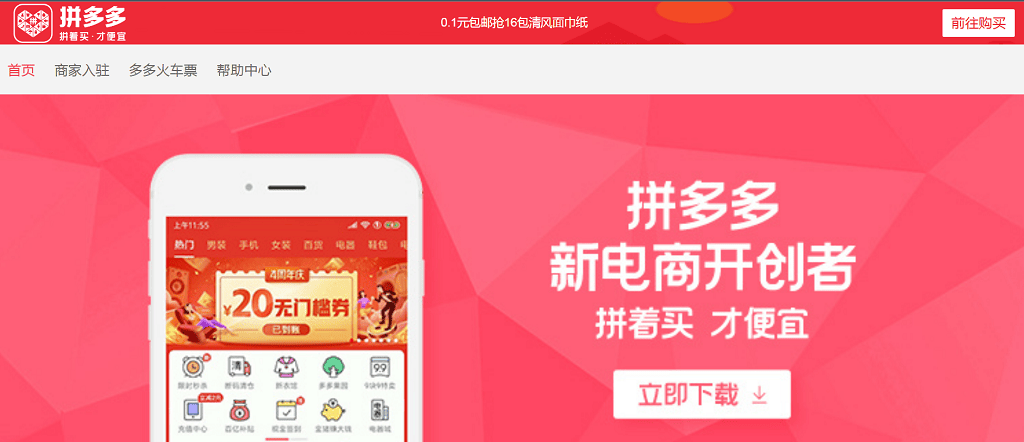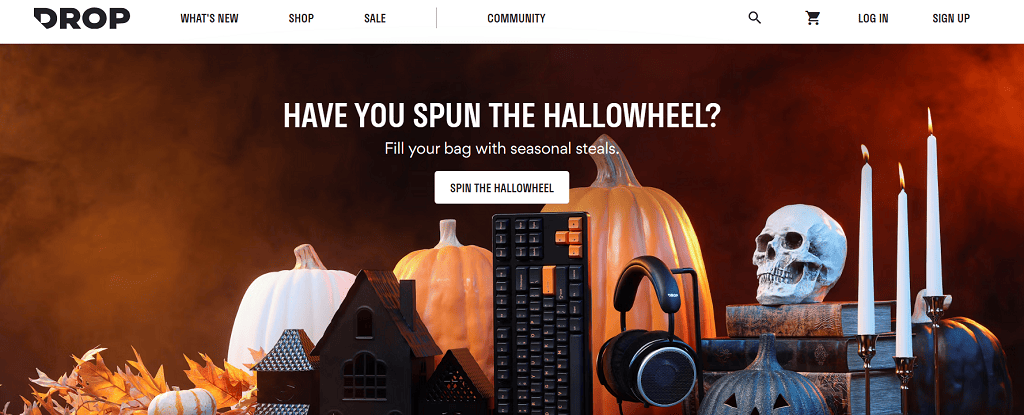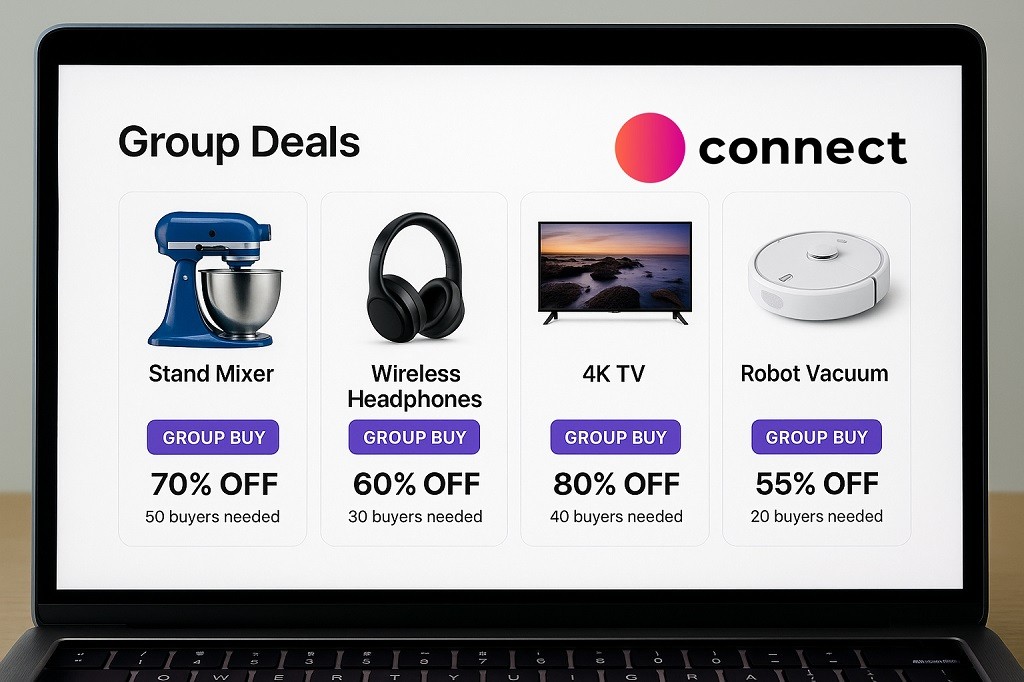Group Buying Platforms: How They Work Explained
People have been pooling their purchases for decades — from parents buying school supplies together to hobby groups ordering gear in bulk. Today, this behavior has moved online as group buying platforms make it easier to team up and save. In this article, we break down how group buying works, look at real platform examples, and explain how to launch your own community-driven group buy system with Scrile Connect.

group buying
Imagine a group chat of parents before the school year starts. Someone drops a link to a bulk pack of notebooks and glue sticks and says, “If five of us pitch in, it comes out much cheaper. Who’s in?” Within minutes, the group has enough people. The order goes through. Everyone pays less, and no one had to hunt for deals alone.
That small moment is the core spirit of group buying — people teaming up to get better value simply because they act together. It didn’t start with apps or tech companies; it started with communities solving everyday problems in the most practical way.
In this article, we’ll break down how group buying works in practice, look at the platforms and cultures that made it scale globally, understand why communities are the real engine behind it, and walk through what’s actually needed to launch a group-buying site of your own.
Why People Buy Together

People have always found ways to lower costs by pooling their needs. It’s almost instinctive: if you and I both want the same thing, we can get it cheaper if we get it together. That logic sits at the heart of collective purchasing. One person alone has the buying power of one. A group, even a small one, suddenly has leverage. Retailers, suppliers, and brands react to volume — the bigger the order, the more flexible the price becomes.
In China, group purchasing has a specific name: Tuán Gòu (团购). It has been around for decades, long before apps tried to automate it. Friends, neighbors, and colleagues would meet at a café or send messages around asking who needed rice, soy sauce, cooking oil — the essentials. When enough people joined, someone negotiated directly with the shop. It worked because people trusted the group.
Today, that same behavior simply moved online. Instead of handwritten lists or shouted conversations across apartment balconies, we see group buying websites and chat communities organizing the same idea with faster coordination. But the core stays unchanged: the deal only works if people move together. That quiet social pressure — “let’s do this, we’ll all benefit” — is what makes the model so surprisingly powerful.
How a Group Purchase Works — Step by Step
It’s actually simpler than most business models:
- A deal is posted with a minimum number of participants required.
- People join the deal and share the link with others so the count grows.
- Once the required number is reached, the discount activates and payment is finalized.
- If the group doesn’t hit the target, the deal is canceled automatically or refunded — no one loses anything.
This “all together or not at all” mechanism isn’t just a pricing trick. It makes buying feel like a shared win. People don’t just save money — they feel part of something, even if it’s small, even if it’s just for notebooks or coffee beans or keycaps. It turns consumption into collaboration, and that emotional layer is what keeps group buying spreading on its own.
Different Models of Group Buying: Real Platform Examples
There isn’t just one way to do group buying. The idea is simple — people buy together to lower the price — but the way it shows up depends on culture, habits, and what people are actually trying to get. Some models are playful and social. Some are practical and logistics-driven. Some barely look like “platforms” at all — they’re just trusted circles of people coordinating inside chat apps. Let’s look at the most recognizable forms.
Pinduoduo (China — Social + Gamified Group Buying)

Pinduoduo turned shopping into something almost like a multiplayer game. The price of an item drops when you convince others to join the purchase, and the app constantly finds ways to nudge you to invite more friends — tiny bonus credits, spin-to-win mini-games, and social challenges inside WeChat. It works because everyday shopping in China is already shared, social, and mobile. Pinduoduo didn’t invent that behavior — it simply built a system that rewards it. Buying becomes collective, playful, and a bit competitive. It’s less “search → add to cart” and more “come on, let’s do this together.”
Groupon (US/EU — Time-Limited Local Deals)

Groupon exploded because it tapped into something familiar: people love a good local deal, especially if it feels special or exclusive. Restaurants, salons, weekend activities — all offered at a discount if enough people grabbed the deal before the timer ran out. It felt exciting at first. But the business model strained when every city was flooded with offers, and some merchants felt pressured into discounts they couldn’t sustain. Still, Groupon proved that collective buying can move services, not just products, when the messaging is clear and the timeframe is tight.
Coupang (South Korea — Logistics Efficiency Model)
Coupang looks almost nothing like the others at first glance. There’s no “invite your friends” dynamic. No group countdown. The savings come from something invisible: industrial-strength logistics. By controlling shipping routes, warehouse placement, and delivery speed, Coupang reduces operational costs and passes those savings down to shoppers. It’s group buying without the group — the “group” is everyone in the region benefiting from scale. The lesson here: sometimes the model isn’t social; it’s infrastructural.
Drop (Massdrop) — Enthusiast Community Bulk Orders

Drop focuses on niche communities — audiophiles, custom keyboard hobbyists, photographers, makers. These are not casual shoppers; they are people who truly care about what they buy. When Drop organizes bulk orders, the group isn’t just saving money — they’re buying something they feel proud to own. The shared interest is the glue. If you’re part of the keyboard world, you trust the community more than any advertisement. That trust is the engine.
Telegram & Discord Group Buy Circles — Peer-Led and Organic
Then there are the fully informal circles — no big brand logo, no storefront. Just people in Telegram or Discord channels saying, “Anyone want to split this order?” Someone collects payments, posts shipping updates, and shares unboxing photos. It works only where trust already exists — fan groups, local neighborhoods, hobby micro-cultures. These are technically group buying platforms too, just without the corporate wrapper.
Comparison at a Glance
| Model / Platform | Region | Price Advantage Source | Social Coordination | Typical Use Case |
| Pinduoduo | China | Discounts triggered by group participation | Very High | Everyday goods |
| Groupon | Global | Merchant promotional pricing at volume | Medium | Local services & events |
| Coupang | South Korea | Supply chain & delivery efficiency | Low | Daily shopping |
| Drop | US | Bulk orders for niche enthusiast markets | High | Hobby equipment |
| Telegram/Discord Groups | Global | Self-organized bulk purchasing | High | Niche items & small communities |
What Buyers and Sellers Gain

There’s a practical side to all of this, and there’s an emotional side. People save money — yes — but they also feel part of something. Sellers, on the other hand, get stability instead of guessing demand. Both sides win when the group works.
Benefits for Buyers
Buying together changes the experience from “shopping alone” to something shared.
For buyers, the advantages usually look like this:
- Lower prices because cost is distributed across more people.
- Access to items that aren’t always stocked locally or are normally too expensive.
- Shared excitement, where the purchase feels like a group event instead of a transaction.
And when buyers organize through group buying sites, the coordination part becomes easier — joining a purchase feels like joining a small community moment, even if it’s just for cookware or limited-run sneakers.
Benefits for Sellers
For sellers, group purchasing is a way to reduce risk and build loyalty faster than traditional one-by-one sales.
What sellers gain:
- Guaranteed minimum order quantities, which means fewer slow-moving products collecting dust.
- Demand validation before investing in production, marketing, or shipping.
- Repeat customers, because shared purchase experiences create a natural sense of belonging around the brand.
When a seller becomes “the brand that understands the group,” customers don’t just come back for the price — they return because it feels good to be part of that circle. This emotional retention is something traditional discounting can’t achieve.
How to Start Your Own Group Buying Site

A good group-buying experience depends on how smoothly people can coordinate. If the process feels confusing, slow, or uncertain, nobody joins the next round. So the platform has to make the purchase path simple and the group progress visible.
Core features your site should support:
- Threshold-based pricing — the discount appears only when the required number of buyers is met.
- Live participant count so people can see the momentum building.
- Invite and share buttons that make it easy to bring others in.
- Referral or small reward mechanics to encourage spreading the word.
- Direct integration with Telegram, WhatsApp, and Discord because that’s where groups already talk.
- A dashboard for organizers and suppliers to manage batches, shipping stages, and updates.
These pieces create clarity. Everyone knows what’s happening, how close the group is to the target, and what comes next. That sense of visibility keeps the flow moving.
Growing the community usually begins in small, familiar circles — hobby chats, neighborhood groups, workplace networks. Trust is built through repetition. One successful buy leads to another. People share photos of arrivals, give quick reviews, confirm quality, and the group identity strengthens. Over time, members start suggesting items themselves, and the cycle continues.
This is the moment when a group buy stops being a one-off deal and becomes a recurring habit — a small ecosystem of people who know how to buy together and enjoy doing it.
Build a Custom Group Buying Platform with Scrile Connect

If you want to build something of your own, not just participate in someone else’s system, you need flexibility. Every buying community has its own culture — how people talk, how they decide, how they trust. A cooking club does not behave like a mechanical keyboard Discord. A neighborhood food co-op doesn’t feel like a sneaker drop group. So the platform should be shaped around your community, not the other way around.
Scrile Connect is not a marketplace you sign up for. It’s a customizable development service — a team and a framework for creating the structure that fits your group. You’re not forced into someone else’s design, rules, or payment flow. You decide how your community moves.
When working with Scrile Connect, you can put together the core building blocks you actually need:
- Group order and threshold logic
- Clear participant lists and group progress displays
- Roles for organizers, suppliers, and members
- A branded interface that feels like your space
- Integrated payments and transaction safety
- Optional messaging, chat, or linking to Telegram/Discord groups
This creates a group buying platform that reflects your identity. Not a generic “crowd deal” website, but a space where your people recognize themselves. The tone, the visuals, the flow — all can match the community rather than flatten it.
Communities last when the environment feels like theirs. Scrile Connect lets you build that environment instead of renting space inside someone else’s concept of how group buying should work.
Conclusion
Group buying works best where there’s already trust — shared hobbies, shared needs, or simply people who like doing things together. The tools and platforms matter, but they are there to support the coordination, not replace the community. When people feel connected, the savings, the momentum, and the repeat cycles happen naturally. If you’re considering building something like this for your own audience, take the time to shape the environment around the group’s identity. To explore what that could look like in practice, check out Scrile Connect and see how it can be tailored to your idea.
FAQ
What is the concept of group buying?
Group buying is when several people purchase the same product together so they can get a better price. The discount only applies if enough people join in.
What is a group buying platform?
A group buying platform is a system that helps a group organize the purchase — showing the deal, tracking participants, and confirming the order when the group size is reached.
What is an example of a buying group?
A common example is hobby communities that bulk-order gear together, like coffee grinder clubs, keyboard builders, or parents in a school chat organizing supplies to save money.
